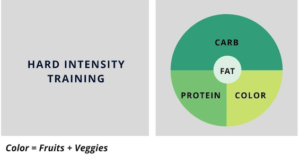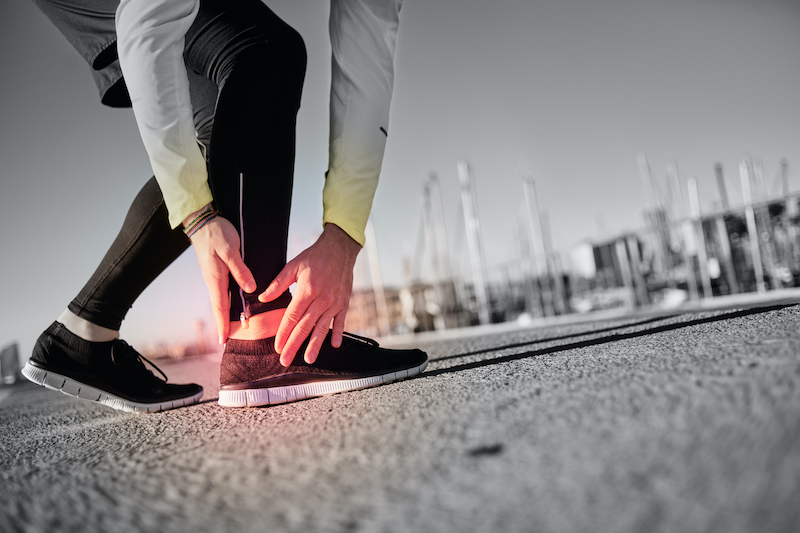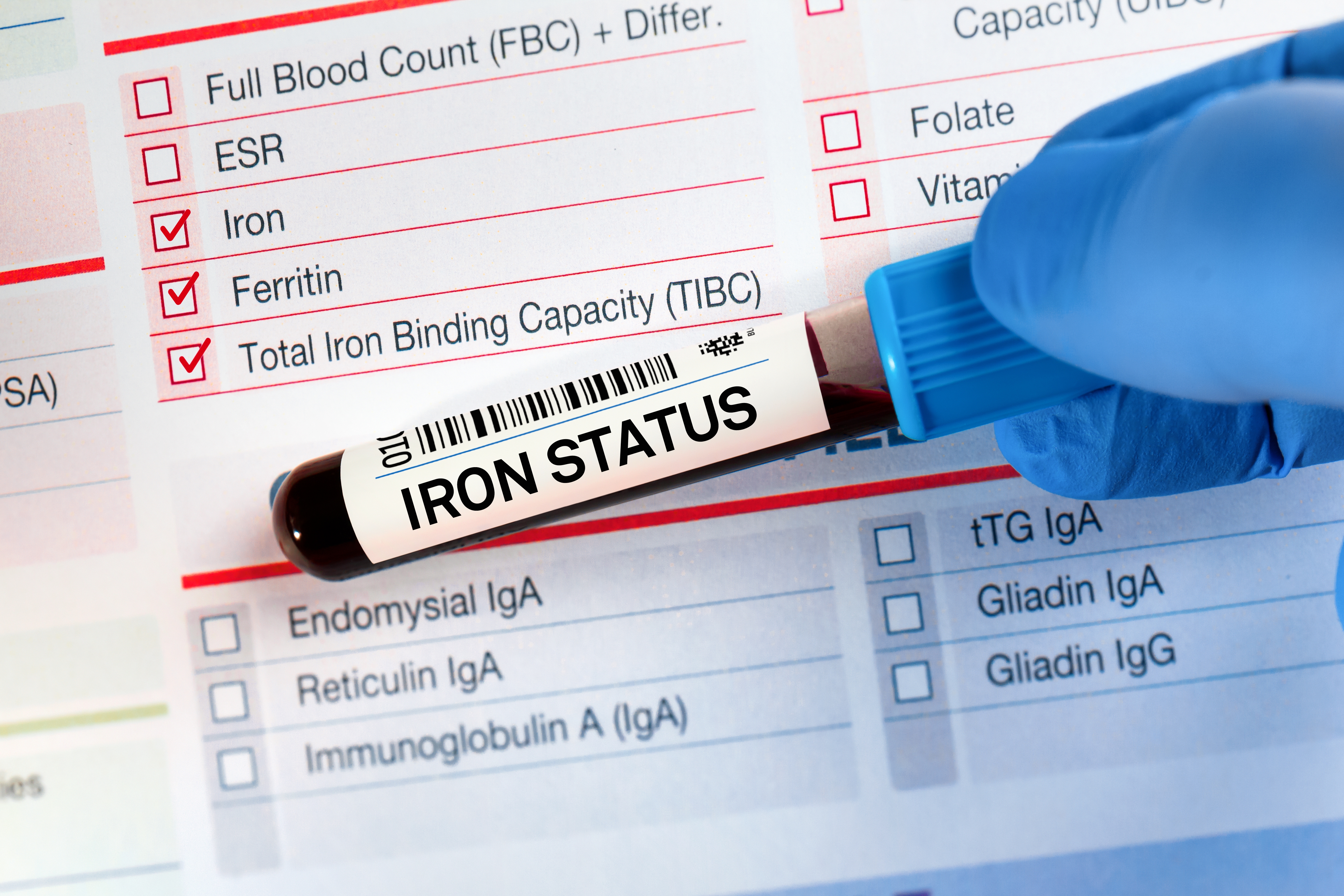Carb loading is so much more than loading up on your favorite bowl of pasta the night before a race!
When race season rolls around, there’s a lot of talk about carb loading.
In today’s blog, we’re diving into the delicious concept of carb loading and breaking down what it is, and how to go about it for maximal results and minimal discomfort.
Have a big event coming up and not sure how to hydrate properly? Read our recent blog: Choosing the RIGHT Hydration For Your Event.
What is Carb Loading?
Carb loading is a term that’s very familiar to the endurance sports world. But, it’s so much more than loading up on a huge bowl of pasta the night before your race (don’t do this, friends! We’ll explain why not, so keep reading!).
It’s the process of maximizing the amount of glycogen in your body prior to an endurance event such as a marathon, triathlon or even a training session that lasts longer than 90 minutes.
Glycogen is a polysaccharide, or long chain of carbohydrates, that’s stored in muscle cells and easily converted to glucose to meet metabolic energy requirements. In simple terms, glycogen is the storage form of glucose in your body.
Furthermore, the body has a finite capacity for storing glycogen. So, the carb load, when done correctly, allows you to top off your tank.
Meaning, you’ll have maximized your glycogen stores, helping to stave off fatigue during your event. This will also allow you to perform optimally.
How Many Carbs Should You Eat for Carb Loading?
During training and events, you can tolerate up to about 60 – 90 grams of carbohydrate per hour.
For longer training lasting more than 2 hours, you’ll want to eat a higher amount of carbohydrates (as tolerated, more on this in a moment) in order to meet the needs of your body as you draw on your muscle glycogen stores to keep you running (or biking, or swimming …).
Thus, the carb load is an important component of your preparation for your event.
When done right, the carb load truly gives you the capacity to perform to the best of your ability based on your training and the conditions of the day.
So, how do you do the carb load right? First, it’s important to avoid some common pitfalls we often encounter with carb loading.
How To Carb Load as an Athlete, The Right Way
Here is where that giant pre-race bowl of pasta comes into play.
To begin, if you start carb loading the night before your event, it’s too late to glean the benefits. And, it may come with some less than ideal side effects that you won’t enjoy on race day, such as GI distress, feeling heavy and sluggish.
In addition, you still want to strive for a balanced meal, but include more carbohydrates as part of those meals (meaning carbs, proteins & fats should still be part of your plate!).
Optimally, you want to start focusing on your carb load 1-3 days prior to your event. Longer distance races (marathons, ultra marathons, long-course triathlons, etc.) should be a 2-3 day carbohydrate load.
How Carb Loading Improves Performance
An early study on carb loading showed that high carb ingestion (about 70%) for three days, and a decrease in exercise volume, facilitate supersaturation of muscle glycogen, resulting in improved endurance in athletes.
Supersaturation means that the normal storage capacity of glycogen in tissues is surpassed.
This improvement isn’t small potatoes, either (pun intended!)! According to a review on the impact of carb loading on performance, elevated starting muscle glycogen content will postpone fatigue by 20% in endurance events lasting more than 90 minutes.
During endurance events (and yes, this does include your long training sessions!), fatigue and exhaustion occur when you’ve used up your stores of muscle glycogen.
This is when the demand is greater than the rate in which your body can replace glycogen through its usual means of oxidizing the glucose (sugar) in your blood.
Topping your glycogen tank off prior to your event may also improve endurance performance in events where a set distance is covered as quickly as possible. Adding carbohydrates have been reported to improve performance by 2 to 3%.
Recent studies have shown some variability in the timing of the carb load, taking into account the duration (and intensity) of exercise.
So, the 2-3 day findings of studies means that the carb load can be personalized. Hence, the nutrition strategy for competition can be practiced during training to hone in a formula that works for you.
Testing your carb load also helps reduce the chances of gastrointestinal discomfort and increases the absorptive capacity of the intestine (meaning that your body is better prepared to maximize the benefits of your carb load).
How Do You Hit Your Carb Load Goal?
There are two ways to go about this, and the best way is the way that works for you! If you are a numbers lover, and already count your carbs, then the 8-10 kg of carbs per kg of body weight could be a great way for you to approach the carb load.
Studies show that there’s a dose response to carb loading when you don’t go through an intentional depletion (ie. low carb intake phase prior to starting your load).
Furthermore, the findings show baseline muscle glycogen was notably higher after ingestion of 10 g carbohydrate per kilogram body weight per day for one to three days when compared to ingesting 8 g/kg body weight per day for three days.
In addition, current advice is not restricted to the amount of carbohydrate. It also gives direction with respect to the type of carbohydrate, taking into account the duration, intensity and type of activity.
If you’re unsure what is an appropriate dose for your carb load, or need help understanding what types of carbs are most appropriate for you, working with a Registered Dietitian is a great way to discern the best plan for your carb load.
Carb Loading Example For An Athlete
Here’s an example of a day of carbohydrate loading for a 140 lb. athlete at 10g/kg/day (~630g carbohydrates). Keep in mind, this is just a sample day.
Breakfast:
- Eggs
- Bagel
- 2 tbsp jam
- 12-16 oz sports drink or 8 oz juice
Snack:
- Muffin
- apple
- 12 oz orange juice
Lunch:
- 2 cups low-fiber pasta w/ red sauce & chicken
- garlic bread
- 12 oz chocolate milk
Snack:
- Banana
- 12-16 oz sports drink
- Clif bar
Dinner:
- 2 cups white rice
- Salmon
- 1/2 cup cooked veggies
- 12 oz OJ or favorite juice
- 1/2 cup mashed potatoes
Snack:
- 2 cups low-fiber cereal with milk
How to Use the Training Plate Method for Carb Loading
If you’re NOT a numbers lover or counting stresses you out, you can easily implement a successful carb load using the training plate method.
During your carb load, aim for 50% of your plate to be carbohydrates, 25% protein and 25% color (fruits and vegetables).

Another easy way to go about this is to add an extra carb to your typical meal on those three days that you are carb loading.
This means that you don’t have to do anything crazy out of the ordinary to nail your carb load.
You simply need to add more to the carbs that you’re already consuming. Doubling your current carbohydrate portion at your meal is a great place to start!
What to Expect During and After a Carb Load
So, now that you’ve decided which path to carb loading you want to use for your event, you might be wondering what you can expect to experience (aside from the typical taper feelings that some of us call the “taper crazies” as you adjust to your drastically reduced training schedule)?
Bloated: First, you might feel bloated! It’s a carbo-HYDRATE. Water helps store the energy (glycogen). So, it’s totally normal to expect some bloating from water, but also increased food volume during the carb-load! This is totally normal.
The Feeling of Eating “Too Much”: Trust us, you aren’t! To be honest, most people aren’t eating enough to support their body through their sport, and ironically under-eat carbs. So yes, it’s going to feel like you’re eating a lot when you’re carb loading the “right way”.
Also, keep fiber lower so it’s easier to increase your carbs! High fiber carbs can be filling and might interfere with eating enough carbs overall on the days you’re loading.
Increase in Body Weight: If you’re doing the carb load right, your body weight WILL likely increase. Due to fluid retention, it’s very normal for you to gain 2-5 lbs of body weight.
If this freaks you out, we recommend avoiding the scale that week to avoid any stress before race day. Trust us here, added stress and/or cutting back on carbs won’t be helping you on race day!
Bowel Habits: Finally, you may notice a change in your bowel habits during your carb load. You are eating more, so you may notice some shifts in frequency & maybe even consistency of bowel movements. Cut back on fiber a bit leading into the race as we mentioned above, and you’ll likely experience this less.
Tried and True Tips for a Smooth and Successful Carb Load
Drinks: Using carbohydrate-containing drinks such as fruit juice and sports drinks are a great way to get to your carbohydrate goals without increasing your food intake.
Fiber: Keep fiber low to avoid feeling over full and experience GI distress on race day. This means as you contemplate your carb sources, you should consume less whole grains and veggies.
Instead, focus more on carbohydrate sources with less fiber, such as white breads, lower fiber granola bars, cereals, pastas and smaller portions of veggies.
Keep it Simple: Finally, keep it simple! Adding that extra bit of the carb that you currently have at your meal makes it simpler to hit that half plate approach to carbs.
In addition to your carbohydrate goals, it’s important to stay hydrated in order facilitate performance and comfort during your carb load and event! We have a few hydration blogs to point you in the right direction, which you can take a peek at here.
Choosing The Right Hydration for Your Event
Cold Weather Running: Hydration and Electrolyte Tips
Are you ready to become a stronger, more resilient athlete? We know there’s a LOT of nutrition information out there, but we pride ourselves on being a space for every BODY, to listen and help you support your body & training through a holistic approach. View our services to see the different ways we can help you.






